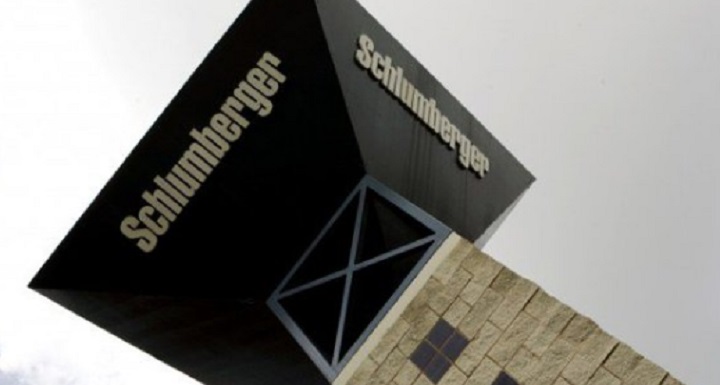Currently, 30% of all oil exports in the market come from the Middle East and Gulf States. However, with recent tension in these regions, bull investors are surprised to see that the price per barrel hasn’t risen.
Many investors question why, and Schlumberger’s (NYSE:$SLB) conference call from last quarter may be able to shed some light on the situation. The information that was presented may make oil bulls question their previous sentiment on oil stockpiles.
In the call, Schlumberger noted that price climb will commence once the current deep water oil wells begin to deplete, likely sometime next year.
Companies actually extracting the oil will know more about its supply and demand than anyone else in the market, and being such a prominent player in the industry, Schlumberger may know the most. In hindsight of the oil downturn, they were the first to lay people off, and now, are the first to inform investors of the current supply situation, highlighting that they have no predicted minimum price on oil.
Schlumberger’s stock has continuously fallen since release of their conference call, when the company, unlike any of its peers, refused to call a bottom on oil prices.
The Truth
The reason behind all of this, however, stem from the real deep water wells. These wells have oil production capacities that are capable of producing 20x as much as any given shale prospect, and many of them are still in great shape today. In fact, with such a healthy supply still in place, there has been no need to drill new deepwater wells.
To put more stress on bull investors, even the big offshore wells in the U.S. are producing massive amounts of energy. Specifically, the ones that were started by Chevron (NYSE:$CVX) after the 2010 Macondo oil spill, began producing large quantities of oil just last year. Their all-time peak productions are projected to be at 1.91 million barrels per day, representing a near 300,000 barrel per day increase from last year.
Although some investors believe cutbacks will happen at one point, rig counts have continued to rise and the exact opposite of a cutback has been happening.
However, Schlumberger might be a bearer of good news, as since 2015, many of the deep water projects around the world had seized production. This is a big reason as to why Schlumberger’s earnings have been lackluster when compared with peers such as Halliburton (NYSE:$HAL) which controls proportionately more onshore sites.
By next year, however, nation states both in and out of OPEC will begin to see declines in oil supply, as production from older, deep water wells that provide a significant portion of supply will begin to deplete at concerning rates. As it takes a significant amount of time before new projects can go online, only when supply begins to dwindle, will prices rise.
Until then, however, investors should not be very concerned about the global oil reserves. However, speculators are currently suspending the market, and in the eyes of some investors, are holding onto far too much oil.
Unless the price per barrell reaches lows that send investors into a frenzy of liquidation, it’s very difficult to believe that prices in the equity markets have bottomed out. Until then, however, we are caught up in a market that is heavily influenced by hedge funds.
As such, the market will persist with the boom and bust cycle amongst speculators and investors in general. This means that regardless of demand, which has recently slowed, investors will have to play back and forth with various institutional investors at a cap of $50, as that’s when U.S shale players begin to offload their future contracts in order to bring in cash flow.
Although this is a very negative outlook, it comes from Schlumberger, one of the most well known companies in the industry. Not only are they reputable, but the information that Schlumberger has provided actually detriments their own business.
For investors, the derivation of this knowledge should imply a need to be patient, and to try and get in and out depending on speculator sentiment, until supply squeezes commence.
Featured Image: twitter










